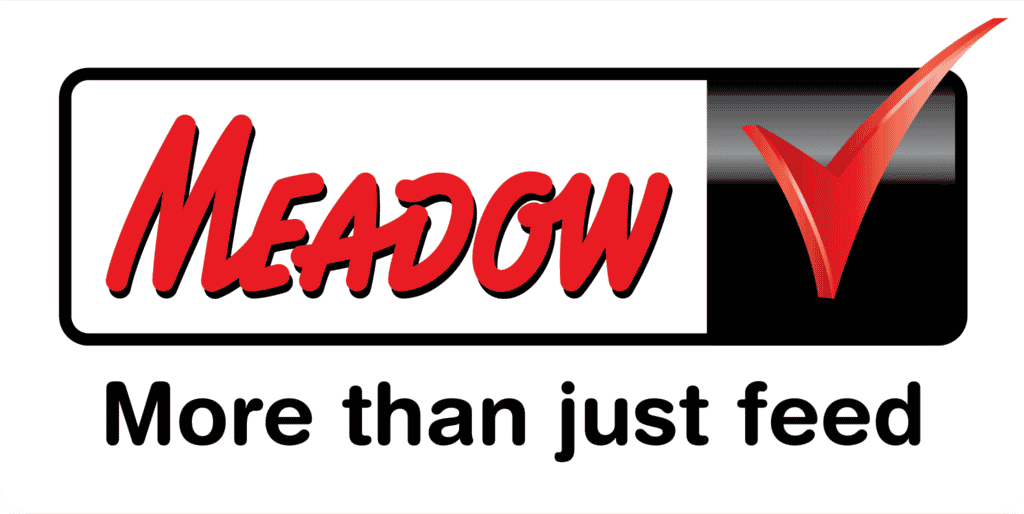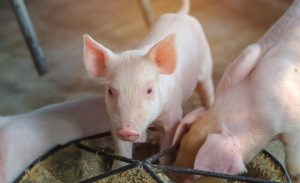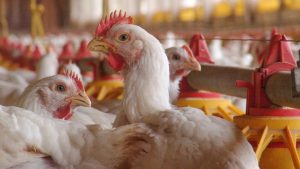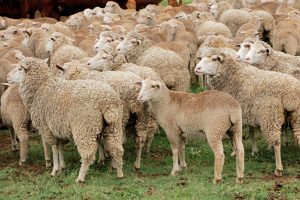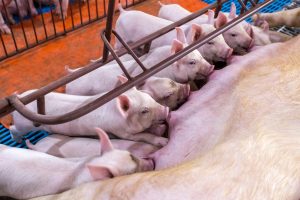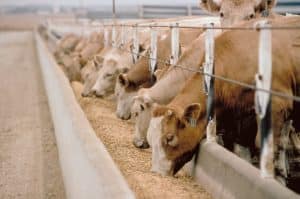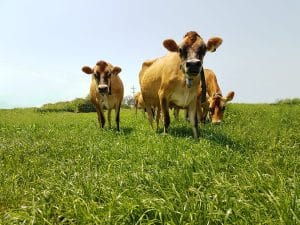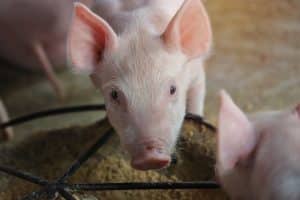Category Archives: Technical articles
Importance of creep feeding in lambs
Creep feeding young lambs provides an opportunity to get lambs started on feed at a...
Apr
Practical management around the weaning period: A feeding perspective
The impact of weaning is well documented for increasing stress levels, lowering nutrient uptakes, and...
Mar
Ensure broilers get essential macro and micro minerals
Mineral deficiencies can occur in poultry production when an imbalanced diet is fed. Balancing poultry...
Nov
Summer season supplementation for the producing beef cow
Summer is approaching fast, and for the beef cattle farmer, this means the calving season...
Nov
Programmeer die fetus vir hoër wolproduksie
Wolproduksie begin nie met die skeer van ’n skaap nie, dit begin reeds voor geboorte....
Sep
Stage of maturity determines the balance between quality and quantity of your forage
There are many different views on the right time to cut forage for baling or...
Aug
Practical management of the piglet around the farrow process
The swine industry has made tremendous improvements in terms of the number of piglets born...
Aug
Bestuur beïnvloed voerkraalprestasie
Droë-materiaal-inname (DMI) bepaal grootliks die Gemiddelde Daaglikse Toename (GDT) van ’n voerkraaldier. Daadwerklike pogings moet...
Apr
Managing the quality of feed during the seasonal changes
Good-quality pasture is nature’s gift to dairy cows. Not only is it well balanced between...
Mar
Practical management of the sow around the farrow process
It is for good reason that we refer to the farrowing unit as the engine...
Mar
- 1
- 2
